Synthesizing ideas, some of them with differing viewpoints, and drawing conclusions about the ideas that you study require making connections between the ideas, or figuring out how they are related. Here are three common strategies for helping you make connections when you read.
Text-to-self Connections
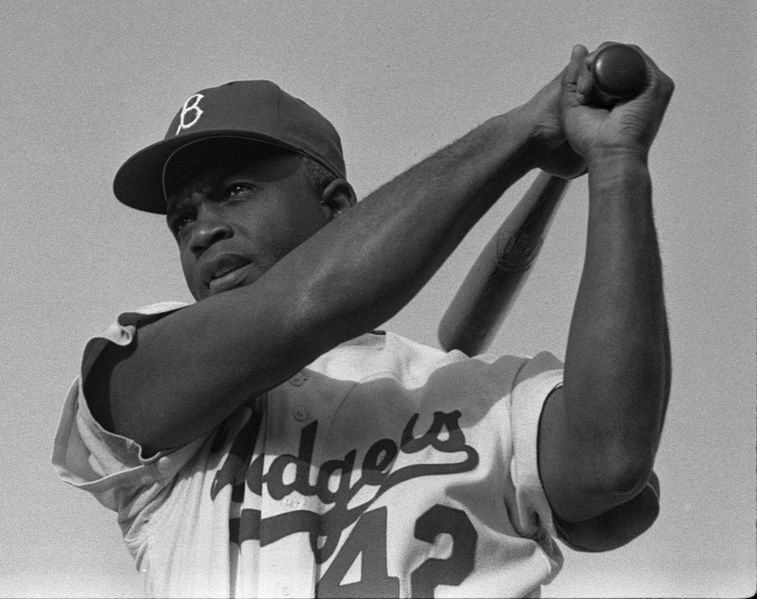
Source: Jrobinson, Bob Sandberg, Wikimedia
Text-to-self connections are the connections we make between our personal experiences and the text. The introduction used the example of watching the movie 42. If I wanted to connect that movie to myself, I might think of a time when I was discriminated against or witnessed another person being discriminated against. I might also want to think about a particular skill or passion I have and how I might feel if someone told me that I couldn’t be the best I could be due to something outside my control, like my gender or skin color.
Here are some questions to ask when making a text-to-self connection:
- What do I know about this topic?
- Have I ever experienced anything like what I am reading about?
Text-to-world Connections
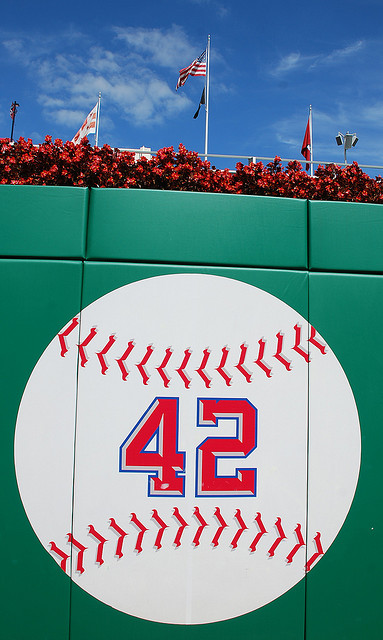
Source: Jackie Robinson retired,
afagen, Flickr
Text-to-world connections are connections we make between the text and what we know about the world. I might compare the America Jackie Robinson lived in to present-day countries where women are not encouraged to become educated, hold jobs, or even drive a car. This helps me to understand that discrimination is a universal issue, and even though Jackie Robinson played baseball in the 1940s and 50s, the discrimination he faced still occurs today.
Here are some questions to ask when making a text-to-world connection:
- Does what I am reading about remind me of anything that is happening in the world?
- How is what I am reading similar to what is happening in the world today?
- How is what I am reading different from what is happening in the world today?
Text-to-text Connections
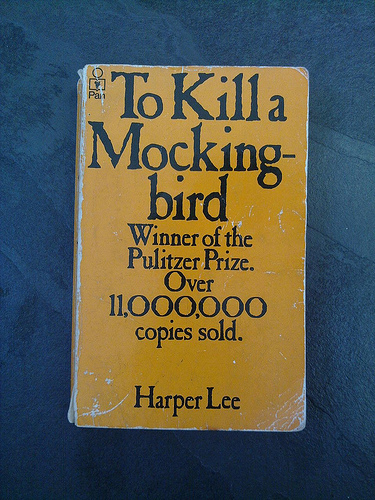
Source: To Kill a Mocking-bird by
Harper Lee, Tony Roberts, Flickr
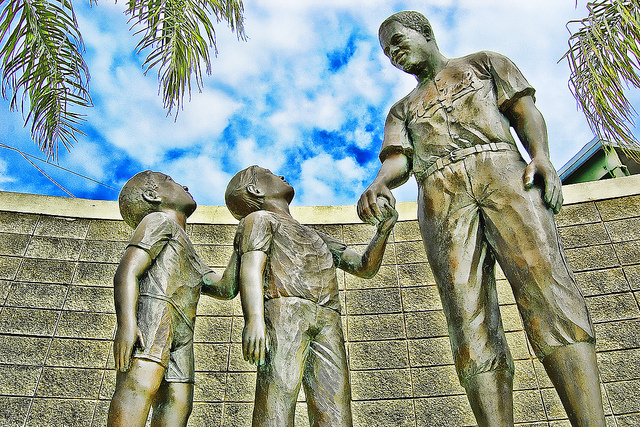
Source: 20100329_0015, lakelandlocal, Flickr
Text-to-text connections are connections we make between the text that we are reading and other texts that we have read. I might connect the movie 42 to the novel To Kill a Mockingbird, which is about various forms of discrimination in a small southern United States town in the 1950s. Scout and Jem Finch are scared of a mysterious neighbor they have never seen, but then one day, he turns out to be their hero. Their father Atticus, who is an attorney, is shunned by the town for representing an African-American man falsely accused of rape. By thinking about other things I have read that have similar themes, characters, or problems, I can get a better understanding of what I am reading.
Here are some questions to ask when making text-to-text connections:
- What else have I read about this topic?
- How is what I am reading similar to other things I have read about this topic?
- How is what I am reading different from other things I have read on this topic?
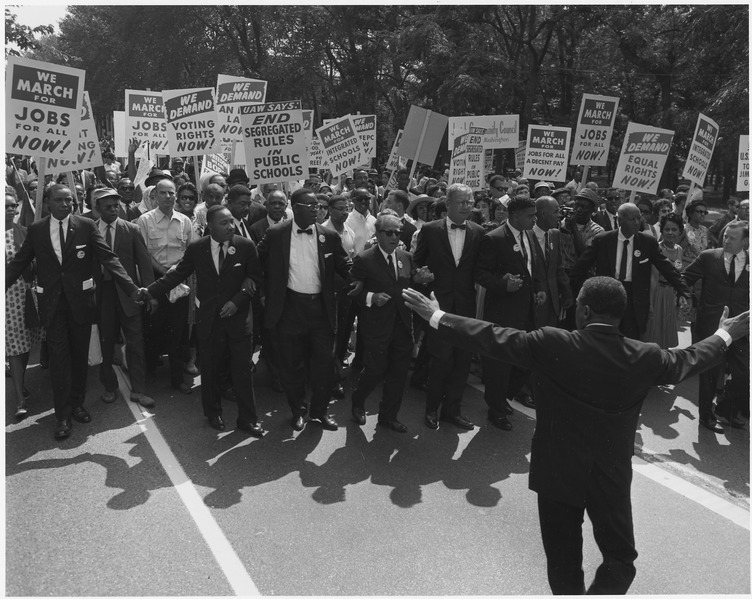
Source: Photograph of Leaders at the Head of the Civil Rights March on Washington, D.C. - NARA - 542002, national Archives, Wikimedia
Be sure to make a habit of annotating your texts as you read. Underline, highlight, use sticky notes, or write in the margins. Note the connections that you make as they occur to you.
Let’s practice making some connections right now. First, click the link to open a letter Jackie Robinson wrote to President John F. Kennedy in 1961. Read the paragraph on the Web page that explains the context of the letter. Then, click on the picture of the letter. Be sure to read both pages! Finally, click the link to open the graphic organizer. You can download and print this file. Make sure to save your work so that you can refer to this graphic organizer in the next section. When you are finished with it, return to the lesson. Graphic Organizer Instructions
Now that you have finished practicing making connections, you can move to the next section where you will focus on finding textual evidence that connects texts to each other.